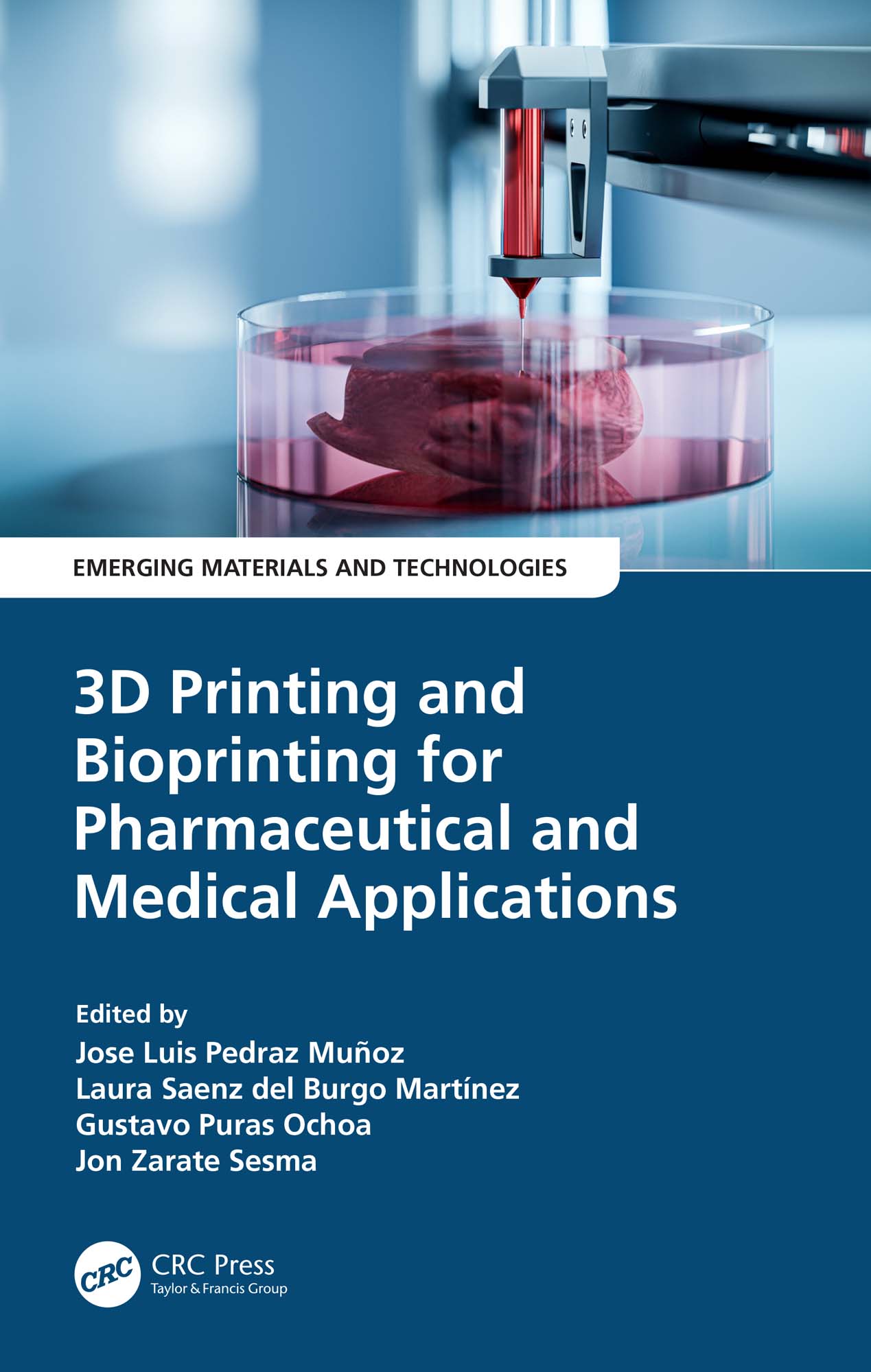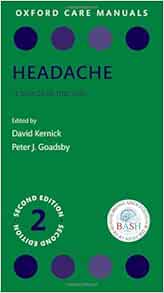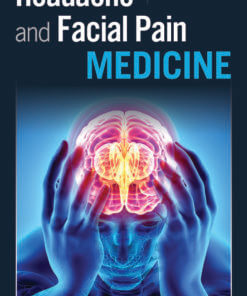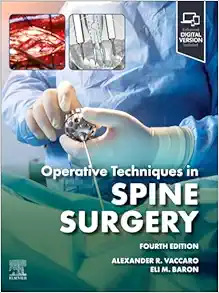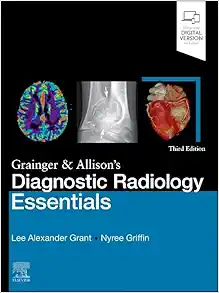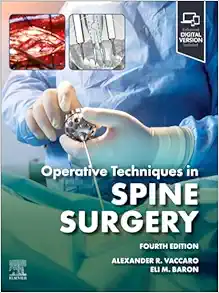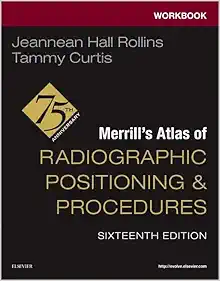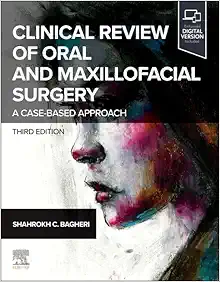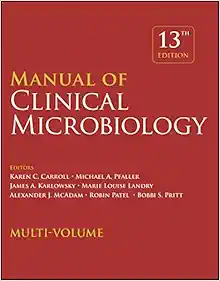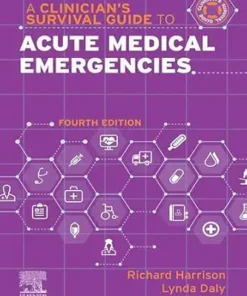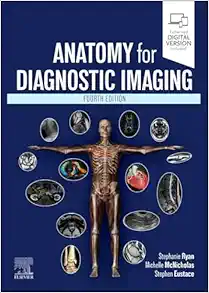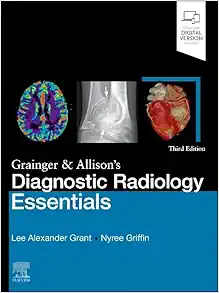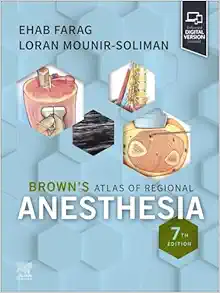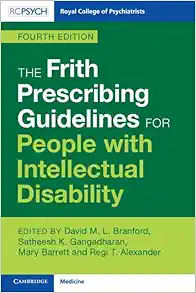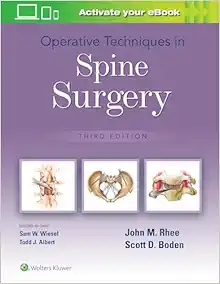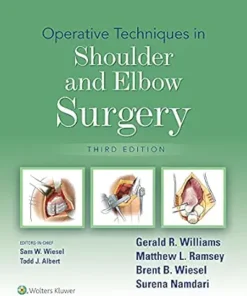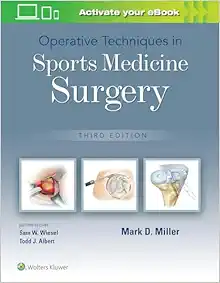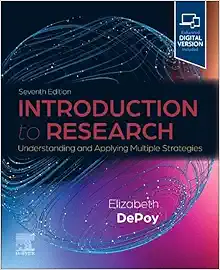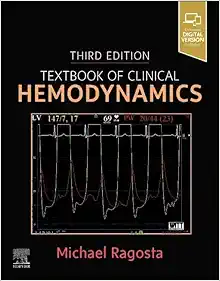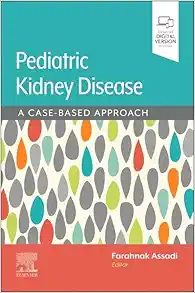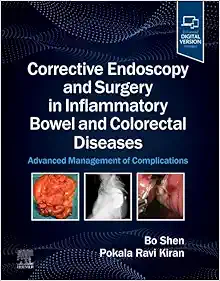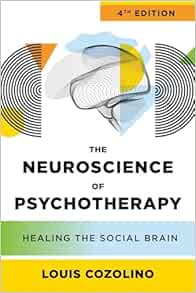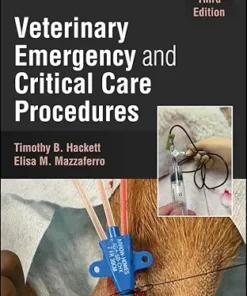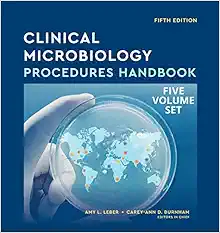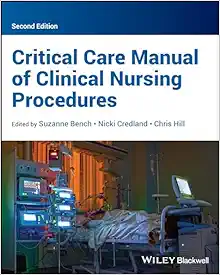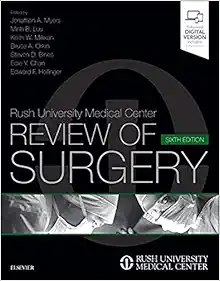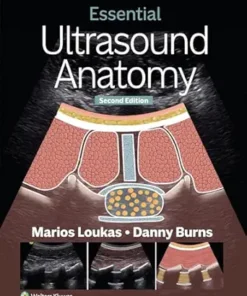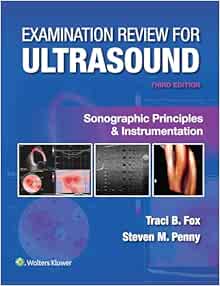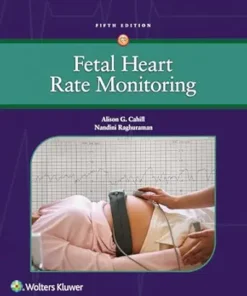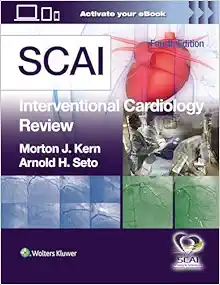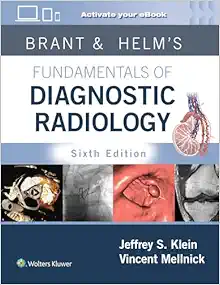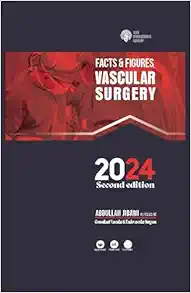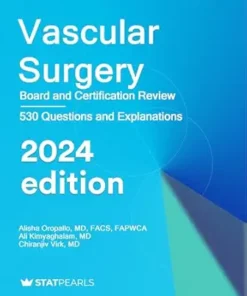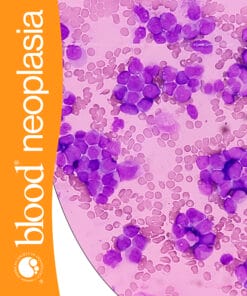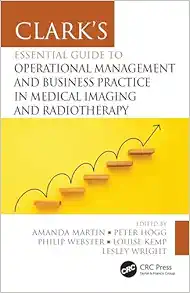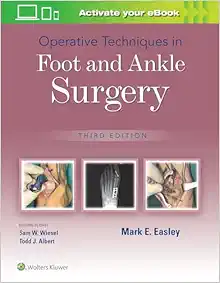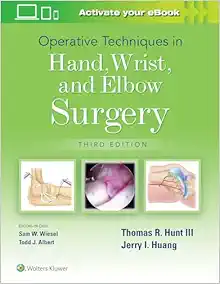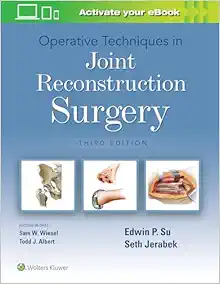3D Printing and Bioprinting for Pharmaceutical and Medical Applications (PDF)
5 $
Format : Publisher PDF
File Size : 64 MB
The book “3D Printing and Bioprinting for Pharmaceutical and Medical Applications” discusses the emerging approaches related to these game-changer technologies in such areas as drug development, medical devices, and bioreactors. The book provides an overview of applications, market research, and regulatory analysis, and covers 3D printing of novel pharmaceutical dosage forms for personalized therapies and for medical devices. The book highlights bioreactors, regulatory aspects, frontiers, and challenges and serves as an ideal reference for students, researchers, and professionals in materials science, bioengineering, the medical industry, and healthcare.
3D Printing and Bioprinting for Pharmaceutical and Medical Applications (PDF Book)
by Jose Luis Pedraz Muñoz (Author)
Introduction
3D printing and bioprinting technologies have revolutionized the healthcare industry in recent years. Their increasing availability and decreasing costs have created immense opportunities to meet medical needs. The wide range of applications of these game-changing technologies includes drug development, medical devices, and bioreactors. In this article, we will discuss the emerging approaches related to the 3D printing and bioprinting technologies. We will mainly focus on the book “3D Printing and Bioprinting for Pharmaceutical and Medical Applications” that provides an overview of the subject.
Analysis
The book “3D Printing and Bioprinting for Pharmaceutical and Medical Applications” provides a comprehensive analysis of the market and regulatory analysis related to the use of these technologies. The analysis covers market research of 3D printing and bioprinting technologies, including the benefits of these technologies for training purposes. The book also reviews 3D printing of novel pharmaceutical dosage forms for personalized therapies and medical devices.
One of the key features of the book is its coverage of 3D bioprinting technology. The book provides an overview of the design of polymers and decellularized matrices for bio-inks development, elaboration of 3D models for drug evaluation, and 3D bioprinting for musculoskeletal, cardiovascular, central nervous system, ocular, and skin applications. The book also highlights the risk-benefit analysis of each application and provides insights into the regulatory aspects, frontiers, and challenges of these technologies.
Key Features
The book “3D Printing and Bioprinting for Pharmaceutical and Medical Applications” has several key features that make it an essential resource for professionals in the healthcare industry. Some of these features include:
1. Overview of applications, the market, and regulatory analysis: The book provides a comprehensive overview of the applications and the market for 3D printing and bioprinting technologies. It also highlights the regulatory analysis related to these technologies.
2. Market research of 3D printing and bioprinting technologies: The book provides insights into the market research related to 3D printing and bioprinting technologies, including the potential benefits and limitations of these technologies.
3. 3D printing of pharmaceutical dosage forms for personalized therapies and medical devices: The book reviews the use of 3D printing to create novel pharmaceutical dosage forms for personalized therapies and medical devices. It highlights the benefits of using 3D printing in creating personalized medicines that are tailored to meet the needs of individual patients.
4. 3D bioprinting technology: The book provides an overview of 3D bioprinting technology, including the design of polymers and decellularized matrices for bio-inks development. The book also highlights the use of 3D bioprinting technology in creating 3D models for drug evaluation and applications in musculoskeletal, cardiovascular, central nervous system, ocular, and skin applications.
5. Risk-benefit analysis: The book provides a risk-benefit analysis of each application, providing insights into the potential benefits and risks associated with the use of 3D printing and bioprinting technologies in the healthcare industry.
6. Bioreactors: The book discusses bioreactors, which are essential components in the development and production of biopharmaceuticals and tissue engineering applications.
Target Audience
The book “3D Printing and Bioprinting for Pharmaceutical and Medical Applications” is an ideal reference for students, researchers, and professionals in materials science, bioengineering, the medical industry, and healthcare. It is also a valuable resource for policymakers who are interested in the regulatory aspects of these technologies.
Conclusion
In conclusion, the book “3D Printing and Bioprinting for Pharmaceutical and Medical Applications” provides a comprehensive overview of the applications, market, and regulatory analysis related to 3D printing and bioprinting technologies. The book highlights the potential benefits and limitations of these technologies and provides insights into the use of 3D printing and bioprinting in drug development, medical devices, and bioreactors. With its comprehensive coverage of the subject and its target audience of students, researchers, and professionals in the healthcare industry, the book is a valuable resource for anyone interested in these game-changing technologies.
Product Details
- Publisher: CRC Press; September 27, 2023
- Language: English
- ISBN: 9781032228662
- ISBN: 9781000957549
Related Products
Medical Book
Medical Book
Medical Book




